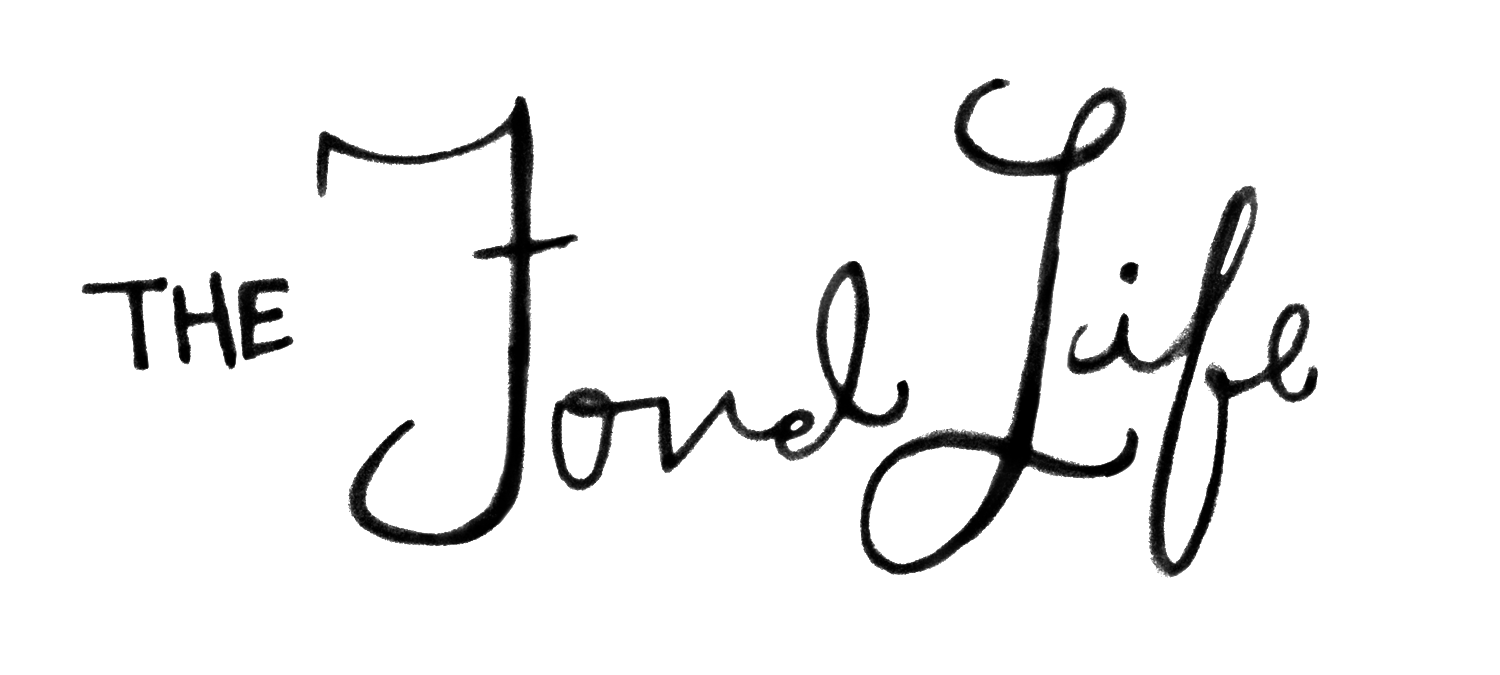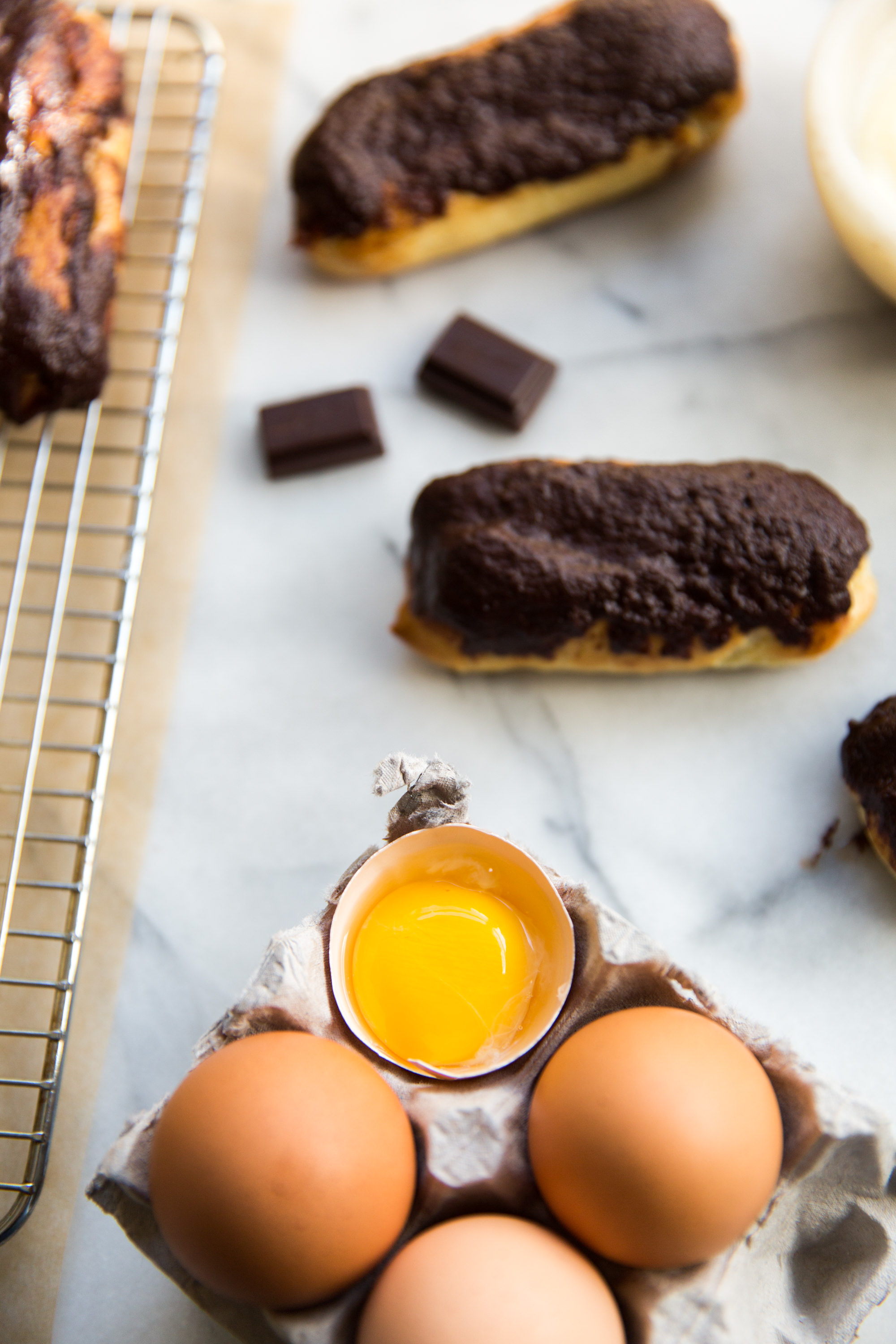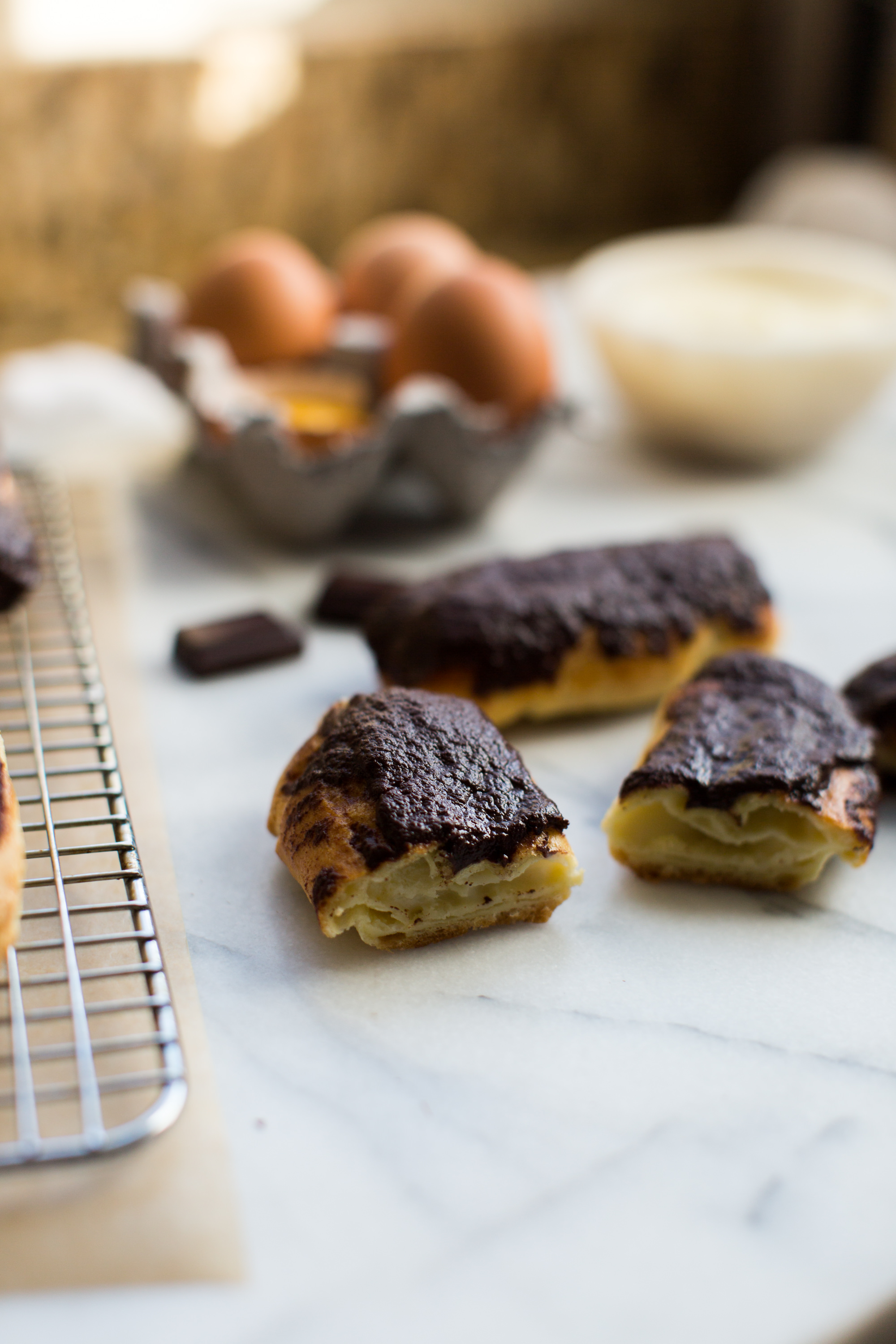The Great British Baking Show has officially broken me. After 4 seasons of watching these crazy Brits bake their little hearts out, failing and then rising from the ashes, and OMG THE ACCENTS, I've finally caught the baking bug. For the first few seasons, my watching was consistently interrupted by having to google things like choux pastry, sponge, creme pat, genoise, swiss meringue, frangipane, shortcrust, puff pastry, rough pastry, puds & biscuits. To be honest, I'm still not sure if a biscuit is more of a cookie or a cracker.
I've always enjoyed baking sweets the few times a year that I get the urge, but my enjoyment has mostly come from watching and reading about other people's bakes —like this lady. As my food adventures have expanded into catering small private events, I realized I really wanted to expand my baking experience to encompass the classics. Baking is so much more technical than cooking and requires an entirely new set of skills and intuition. From knowing when to stop whipping egg whites, the consistency that pastry should be, how long each bake requires & piping, the things I could learn are practically endless.
So I decided to work my way through Tartine, by Elizabeth Pruitt, the other half of Tartine Bakery, and Chad Roberson, the man himself, recipe by recipe. I've previously made a handful of bakes from this book, my go-tos being their flaky pastry crust (which I use in all of my tarts and pies) and their truffles (which I use for fancy desserts).
I'm going through the book in no particular order, trying whatever strikes my fancy!
First up: Tartine Eclairs
Eclairs utilize a classic dough known as choux pastry and are filled with pastry cream, or creme patisserie (creme pat for short). Choux rises gorgeously due to steam provided by the high moisture content in the dough, so resist the urge to open the oven door during baking! Their centers become practically hollow through this process and can be filled with all sorts of goodies. Unlike most dough, choux starts on the stove, which is intriguing in and of itself. The pastry cream filling is akin to vanilla pudding with a a lovely, mildly sweet flavor.
The Method for the Perfect Choux Pastry
A choux pastry begins by heating up milk and butter in a sauce pan until it comes to just a boil. The last thing you want to do is scald the milk, so make sure you catch it at the right moment. Quickly add all the flour and stir vigorously with a wooden spoon until the dough forms a ball and pulls away from the side of the pan. Apparently the wooden spoon part is important because every recipe I've looked up says to use one. The dough is then transferred to a stand mixer and eggs are added, one at a time until the dough is smooth and shiny—it ends up looking like glossy, thick pancake batter. It's normal for the dough to break as each egg is added, but it comes back together after about 30 seconds of mixing.
Piping & Baking Your Dough
How you form this dough is another aspect that sets choux pastry apart. Instead of rolling out or forming to a mold like you're used to with most doughs & batters, choux is piped out with a pastry bag and can be formed into just about any shape! Eclairs and cream puffs are the most common and involve piping into 5" logs, or 1/2" mounds.
Tartine calls for using a pastry bag with a 1/2" (no. 6 or 7) plain tip. I'm not that fancy so I just put the dough into a ziplock bag and then cut off the tip to be about 1/2 in diameter. This can give you some funky ridges as you pipe, but they mention a great tip to smooth out any deformities: just wet your finger with some cool water and smooth out any funky bits.
The choux rises like crazy in the oven, doubling upward with a browned exterior and soft, light, hollow interior, which is perfect for filling.
Cooling & Filling
Poke a hole in each pastry after they come out of the oven to let steam escape, helping them from collapsing back onto themselves. After the shells are cool enough to handle, you fill them with a simple pastry cream (creme patisserie). Having a small piping tip makes this a lot easier to poke through the outer layer, although I did have a problem with the pastry plugging up the hole, making it very difficult to pipe. I'm not entirely sure what do to for that next time, but it may warrant some experimenting. Have any tips?
If you don't have a small pastry tip, you can cut the pastries lengthwise, pipe the cream into the bottom half using the ziplock method, and then top.
The Glaze Debacle
The glaze in this recipe is incredibly simple, just combine chocolate, corn syrup and warmed heavy cream and stir until smooth. It turned out smooth and super glossy, exactly what you want in a chocolate glaze. Unfortunately, due to an issue I have with Tartine's Pastry Cream Recipe (review coming soon), I had to make another batch the next day and was only able to fill half of my shells. When I warmed the glaze up the next day (it solidifies at room temp), it separated and became incredibly grainy, which decreased the appetizing factor by ... a lot. I'm not entirely sure what caused this, if it heated too quickly? Any who, the hungry monsters at my house at all of the originally glazed eclairs, so I was left with the grainy versions to photograph. Oh well! They still tasted delish!
Overall the recipe came together without a hitch and I'm excited to add these to menus!









